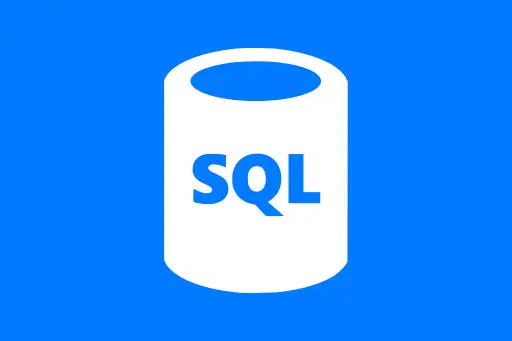Limitations of Traditional Data Processing
Limitations of Traditional Data Processing
Traditional data processing systems, such as relational databases and spreadsheets, have been effective for decades. But with the rise of Big Data — large, fast, and diverse datasets — these systems begin to fail. Let's understand where they fall short.
Limitation 1: Scalability
Traditional systems are built to run on a single machine or a limited number of servers. As data grows beyond terabytes or petabytes, these systems can’t scale easily.
Example:
Imagine a retail chain with 10 stores. A traditional SQL database can manage daily sales. Now imagine 10,000 stores, each generating data every second — the database will crash or slow down badly.
Question:
Why can't we just buy a bigger server?
Answer:
There's a physical limit to how powerful a single machine can be (CPU, RAM, disk). Distributed processing, like Apache Spark, solves this by using many machines together.
Limitation 2: Performance with Real-Time Data
Traditional systems process data in batches. They are not designed for real-time insights.
Example:
A bank wants to detect fraud during transactions — not hours later. Traditional systems can’t scan data in real-time fast enough to block suspicious transactions as they happen.
Question:
Can real-time alerts be generated using SQL queries?
Answer:
Not efficiently. SQL databases are not optimized for real-time stream ingestion. Apache Spark Streaming or Kafka is used in such cases.
Limitation 3: Handling Unstructured Data
Traditional databases require structured data (rows and columns). But most Big Data is unstructured: text, images, videos, logs, etc.
Example:
Customer support centers receive emails, voice messages, and screenshots. A traditional SQL database can’t analyze an image or extract meaning from raw text without complex preprocessing.
Question:
Can Excel or SQL understand an image file?
Answer:
No. They can't process binary or visual data directly. You need image processing tools or distributed frameworks that support unstructured data formats.
Limitation 4: Cost and Maintenance
Scaling traditional systems vertically (by upgrading hardware) is expensive and not always effective. Licensing costs for enterprise databases also add up quickly.
Example:
Large companies might spend millions on licenses for proprietary database systems, while Big Data frameworks like Hadoop and Spark are open source and scalable horizontally.
Limitation 5: Fault Tolerance and Reliability
Traditional systems often lack robust mechanisms to recover from hardware failures.
Example:
If the server hosting your database crashes, all operations stop until recovery is complete. In distributed systems like Spark, data is replicated and tasks are re-executed automatically.
Question:
Isn’t it possible to create backups for SQL databases?
Answer:
Yes, but backups are manual and recovery is time-consuming. Big Data frameworks are built with fault tolerance by design.
Python Illustration: Structured vs Unstructured Data
Let’s look at how handling structured and unstructured data differs in practice.
Structured Data Example (CSV)
import pandas as pd
# Reading structured data (tabular CSV)
df = pd.read_csv('https://people.sc.fsu.edu/~jburkardt/data/csv/grades.csv')
print(df.head())Student Name Grade 0 John Doe 85 1 Jane Smith 92 2 Sam Lee 78 3 Emily Jones 88 4 Alex Brown 90
This works smoothly because the data is already structured. But what if we try unstructured text?
Unstructured Data Example (Text File)
# Reading unstructured data (raw text)
with open('sample_feedback.txt', 'w') as file:
file.write("Great service! Loved the product. Will order again.")
with open('sample_feedback.txt', 'r') as file:
content = file.read()
print("Customer Feedback:", content)Customer Feedback: Great service! Loved the product. Will order again.
Here, there’s no clear structure or schema. If you want to analyze this data (e.g., detect sentiment), you’ll need Natural Language Processing tools or frameworks like Spark NLP.
Summary
Traditional systems struggle with modern data challenges due to limitations in scalability, real-time performance, flexibility, cost, and fault tolerance. Big Data technologies like Apache Spark are designed to overcome these limitations by distributing computation and supporting diverse data types at scale.
Next Topic ⮕Overview of Big Data Tools: Hadoop, Spark, Hive













Comments
Loading comments...